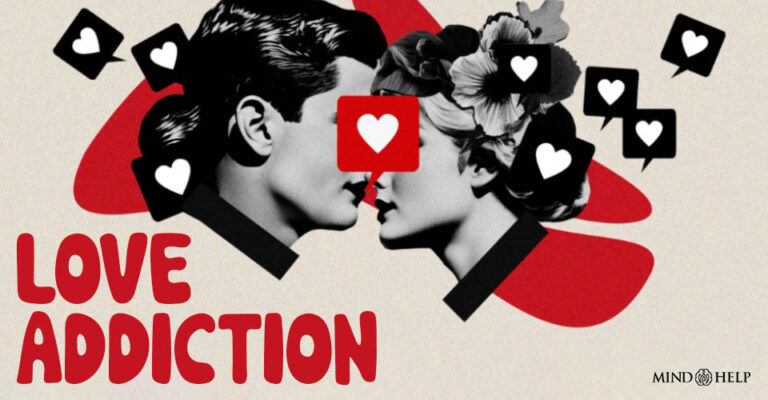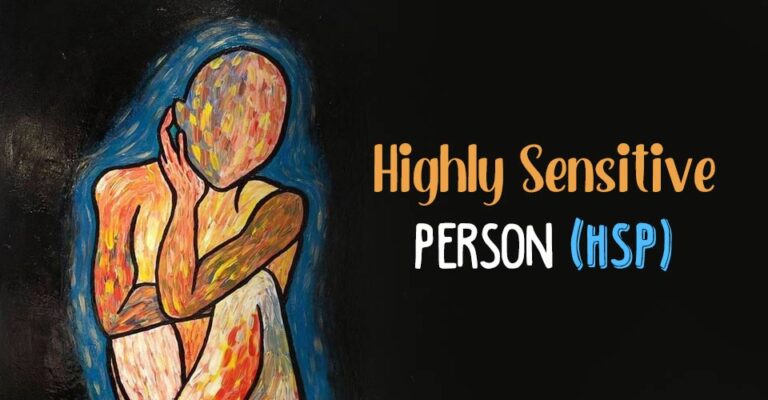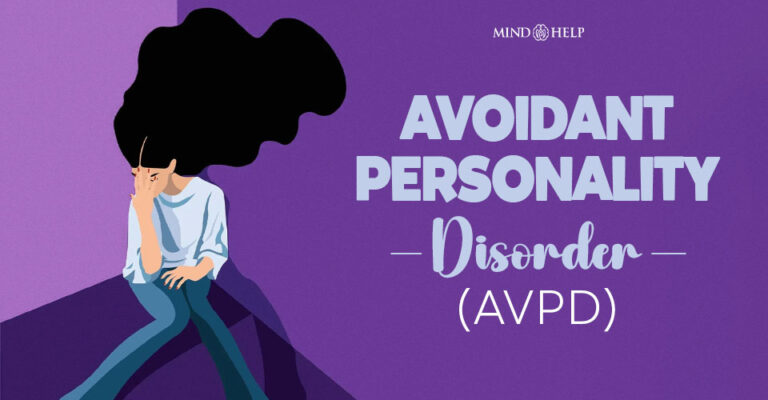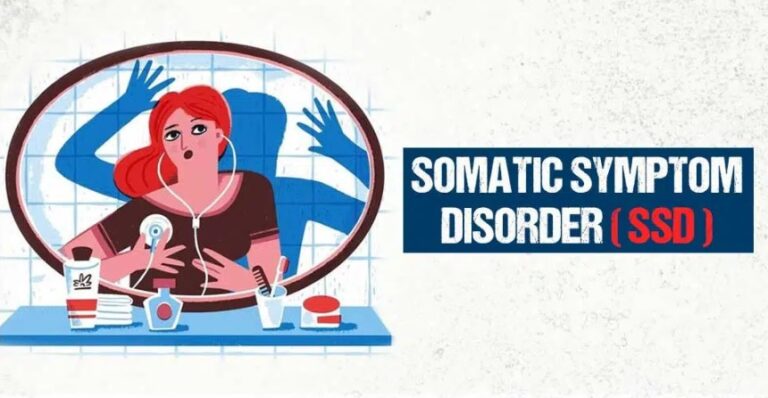Conduct disorder is a mental health condition in which a person experiences certain behavioral and emotional problems associated with antisocial behaviors. If left untreated, it can seriously hamper a person’s regular functioning, social relationships, and effective adaptation to the environment.
What Is Conduct Disorder?
Conduct disorder (CD) is a psychiatric condition 1 Mohan, L., Yilanli, M., & Ray, S. (2023). Conduct Disorder. In StatPearls. StatPearls Publishing. Available from: https://www.ncbi.nlm.nih.gov/books/NBK470238/ characterized by a persistent pattern of aggressive and antisocial behavior that violates societal norms and the rights of others.
It is typically diagnosed in children or adolescents and involves a range of behavioral problems, such as aggression towards people or animals, destruction of property, etc. Individuals with conduct disorder often disregard the feelings and welfare of others and may display a lack of empathy or remorse for their actions.
Prevalence of conduct disorders
While the prevalence rates can vary across countries and cultures, conduct disorder is considered a global issue. It is estimated that around 3% to 5% of children and adolescents worldwide 2 Lillig M. (2018). Conduct Disorder: Recognition and Management. American family physician, 98(10), 584–592. meet the criteria for conduct disorder.
Boys tend to be diagnosed with conduct disorder more frequently than girls, with a male-to-female ratio of approximately 3:1 3 Zingela, Z., Stroud, L., Cronje, J., Fink, M., & Van Wyk, S. (2022). A prospective descriptive study on prevalence of catatonia and correlates in an acute mental health unit in Nelson Mandela Bay, South Africa. PloS one, 17(3), e0264944. https://doi.org/10.1371/journal.pone.0264944 . The age of onset for conduct disorder typically falls in late childhood or early adolescence, with symptoms often becoming evident before the age of 10.
Symptoms Of Conduct Disorder
Conduct disorder symptoms can vary in severity and may manifest differently in individuals. However, the common signs 4 INSERM Collective Expertise Centre. (2005). Conduct: Disorder in children and adolescents. Institut national de la santé et de la recherche médicale. Available from: https://www.ncbi.nlm.nih.gov/books/NBK7133/ include:
- Aggression toward people and animals
- Destruction of property
- Deceitfulness and theft
- Violation of rules and laws
- Lack of empathy
- Lack of remorse
- Impulsivity and irritability
- Academic difficulties
- Problems with peer relationships
Types Of Conduct Disorder
Conduct disorder can be categorized into different types 5 Breslau, J., Saito, N., Tancredi, D. J., Nock, M., & Gilman, S. E. (2012). Classes of conduct disorder symptoms and their life course correlates in a US national sample. Psychological medicine, 42(5), 1081–1089. https://doi.org/10.1017/S003329171100198X based on prominent behavioral patterns and characteristics. These include:
1. Childhood-onset type
This type refers to conduct disorder that manifests before the age of 10. Children with this type often display aggressive behavior, defiance, and rule violations. They may also show symptoms of ADHD and have a higher risk of developing persistent antisocial behavior in adulthood.
Read More About ADHD Here
2. Adolescent-onset type
Conduct disorder can also emerge during adolescence, typically between the ages of 10 and 16. Individuals with this type may exhibit behaviors such as delinquency, substance abuse, and oppositional behavior. They may have a better prognosis compared to those with childhood-onset conduct disorder.
3. Limited prosocial emotions type
This type is characterized by a persistent lack of empathy, guilt, and remorse. Individuals with this subtype display callous and unemotional traits, and they tend to have a more severe and stable course of conduct disorder. They may have a higher risk of developing psychopathy in adulthood.
Read More About Psychopath Here
4. Unspecified type
Some individuals may not fit neatly into any specific type of conduct disorder or may exhibit a mix of features (from different types of conduct disorders) that does not clearly align with the other subtypes.
What Causes Conduct Disorder?
The development 6 Patel, R. S., Amaravadi, N., Bhullar, H., Lekireddy, J., & Win, H. (2018). Understanding the Demographic Predictors and Associated Comorbidities in Children Hospitalized with Conduct Disorder. Behavioral sciences (Basel, Switzerland), 8(9), 80. https://doi.org/10.3390/bs8090080 of conduct disorder is influenced by a combination of genetic, environmental, and psychosocial factors:
- A genetic predisposition to conduct disorder
- Abnormalities in brain structure and functioning (particularly in regions involved in emotional regulation, impulse control, and decision-making)
- Certain temperament characteristics (such as low frustration tolerance, impulsivity, and sensation-seeking tendencies)
- Dysfunctional family dynamics
- Adverse childhood experiences [ACEs] related to inconsistent parenting, neglect, physical or emotional abuse, and parental substance abuse
- Co-occurring mental health disorders (like ADHD, ODD, mood disorders, and substance use disorders)
- Living in socially disadvantaged neighborhoods
- Exposure to violence
- Limited access to education
- A lack of positive social support
Diagnosis Of Conduct Disorder
Conduct disorder diagnosis is conducted in accordance with the criteria specified in the DSM-5. The diagnosis requires a repetitive and persistent pattern of behavior that violates the rights of others or societal norms, with a minimum of three symptoms present within the past 12 months 7 Mohammadi, M. R., Salmanian, M., & Keshavarzi, Z. (2021). The Global Prevalence of Conduct Disorder: A Systematic Review and Meta-Analysis. Iranian journal of psychiatry, 16(2), 205–225. https://doi.org/10.18502/ijps.v16i2.5822 and at least one symptom in the past six months. The diagnosis of conduct disorder involves:
- Clinical interviews with the individual and their parents/caregivers to gather information.
- Psychological tests and behavioral assessments using questionnaires or rating scales to assess the frequency and severity of behaviors, as well as evaluate cognitive abilities, emotional functioning, and personality traits.
- Medical evaluation to rule out underlying medical conditions.
- Gathering collateral information from teachers or professionals involved in the individual’s life.
- Diagnosis made by a qualified mental health professional based on a thorough evaluation of symptoms 8 Pisano, S., Muratori, P., Gorga, C., Levantini, V., Iuliano, R., Catone, G., Coppola, G., Milone, A., & Masi, G. (2017). Conduct disorders and psychopathy in children and adolescents: aetiology, clinical presentation and treatment strategies of callous-unemotional traits. Italian journal of pediatrics, 43(1), 84. https://doi.org/10.1186/s13052-017-0404-6 , history, and assessment results.
Treatment For Conduct Disorders
Treatment for conduct disorder in adults and children typically involves a combination of therapeutic interventions 9 Gatti, U., Grattagliano, I., & Rocca, G. (2018). Evidence-based psychosocial treatments of conduct problems in children and adolescents: an overview. Psychiatry, psychology, and law : an interdisciplinary journal of the Australian and New Zealand Association of Psychiatry, Psychology and Law, 26(2), 171–193. https://doi.org/10.1080/13218719.2018.1485523 and, in some cases, medication:
1. Psychotherapy
Various forms of psychotherapy can be effective in treating conduct disorder. Cognitive-behavioral therapy (CBT) aims to identify and change negative patterns of thinking and behavior. It helps individuals develop problem-solving and anger-management skills.
Family therapy for conduct disorder involves working with the entire family to improve communication, establish healthy boundaries, and address dysfunctional dynamics.
Individual therapy for conduct disorder provides a safe space for the individual to explore their thoughts, emotions, and behaviors and develop healthier coping strategies.
Read More About Psychotherapy Here
2. Parent management training (PMT)
PMT focuses on teaching parents effective parenting skills and techniques to manage their child’s behavior. It helps parents set appropriate limits, reinforce positive behavior, and implement consistent consequences for rule violations. PMT also emphasizes improving communication and strengthening the parent-child relationship.
3. Social skills training
This intervention focuses on teaching individuals with conduct disorder appropriate social skills, such as conflict resolution, empathy, and perspective-taking. It helps them develop healthier ways of interacting with others and forming positive relationships.
4. Medication
In some cases, medication 10 Morcillo, C., Duarte, C. S., Sala, R., Wang, S., Lejuez, C. W., Kerridge, B. T., & Blanco, C. (2012). Conduct disorder and adult psychiatric diagnoses: associations and gender differences in the U.S. adult population. Journal of psychiatric research, 46(3), 323–330. https://doi.org/10.1016/j.jpsychires.2011.10.012 may be considered as an adjunct to therapy. Stimulant medications, such as methylphenidate, may be prescribed if there is coexisting ADHD. Antidepressants or mood stabilizers may be used if there are comorbid mood disorders or impulsivity.
How To Discipline A Child With Conduct Disorder
Addressing conduct disorder in children requires a structured and consistent approach. It is important to set clear rules and expectations, providing immediate and consistent consequences for inappropriate behavior 11 Eskander N. (2020). The Psychosocial Outcome of Conduct and Oppositional Defiant Disorder in Children With Attention Deficit Hyperactivity Disorder. Cureus, 12(8), e9521. https://doi.org/10.7759/cureus.9521 . Utilizing positive reinforcement for desired behaviors, such as praise and rewards, can be effective.
Implementing behavior management techniques, such as time-outs or loss of privileges, can help establish boundaries. Collaborating with mental health professionals and seeking guidance from therapists experienced in working with conduct disorder can provide additional strategies and support for effective discipline.
Overcoming Conduct Disorder
Overcoming conduct disorder in adults and children, as a caregiver or a person suffering from conduct disorder, popularly includes 12 Lillig M. (2018). Conduct Disorder: Recognition and Management. American family physician, 98(10), 584–592. :
- Providing consistent and structured parenting, setting clear expectations and boundaries, and offering positive reinforcement for appropriate behaviors can contribute to positive changes.
- Communicating openly with social support systems.
- Enrolling in evidence-based intervention programs (like CBT or behavioral management program).
- Learning and practicing appropriate social skills to develop healthier relationships and navigate social situations.
- Engaging in healthy coping strategies, such as exercise, mindfulness, relaxation techniques, etc.
- Engaging in hobbies or creative outlets that can provide alternative outlets for managing stress and emotions.
Takeaway
Early recognition of symptoms is crucial for effective conduct disorder diagnosis and treatment. Creating a nurturing and supportive environment can serve as a preventive measure. If you or your child is displaying signs of conduct disorder, seeking professional help is important.
A doctor can assist in developing an appropriate treatment plan, which may include a combination of psychotherapy and social skills training to promote healthy and positive development.
At A Glance
- Conduct disorder is a condition characterized by a set of antisocial, behavioral, and emotional problems seen in children and adolescents.
- Its prevalence ranges from 6-16% in males and 2-9% in females.
- Common conduct disorder symptoms include aggression toward people and animals, destruction of property, deceitfulness, theft, etc.
- The development of conduct disorder can be influenced by various factors, including biological, neurological, and parental factors.
- Risk factors for the disorder include a family history of conduct disorder, being male, and experiencing poverty.
- Effective treatment for conduct disorder includes therapy, medication, and self-help strategies.
Frequently Asked Questions (FAQs)
1. Is conduct disorder a mental illness?
Conduct disorder is considered a mental illness characterized by persistent patterns of aggressive, defiant, and antisocial behaviors.
2. Can a child outgrow conduct disorder?
While some children may demonstrate improvements or exhibit fewer symptoms over time, conduct disorder typically requires intervention and treatment as it often persists into adulthood.
3. What is the main cause of conduct disorder?
The main causes of conduct disorder are believed to be a combination of genetic, biological, environmental, and social factors, including family dysfunction, trauma, abuse, neglect, and a lack of positive role models or social support.











